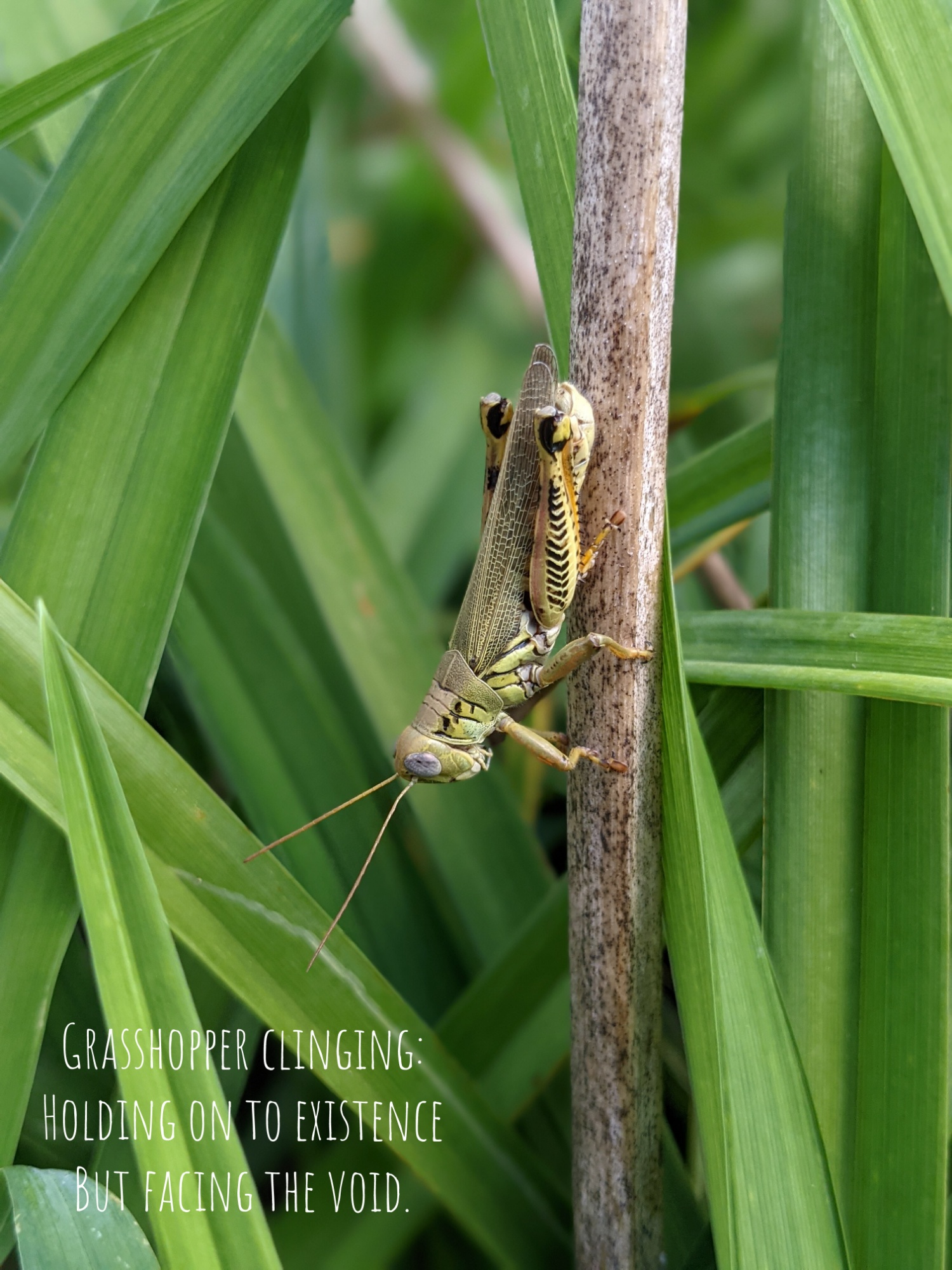
I must confess that I’ve taken the grasshoppers and crickets here for granted. Pastures teeming with the insects seem to imply that their populations are healthy…but, on a larger scale, they’re not. One day – soon, even – they may disappear.
Each of us can play a part in helping the insects. I’ve begun leaving flowers, like goldenrod, for the late season pollinators to enjoy instead of harvesting them for my own use: I look at the beautiful blooms with their delicate fragrance and know that other creatures need them more than I do. One of my goals for next growing season, too, is to plant flowers specifically as sustenance for pollinators. That I may also enjoy the beauty of the flowers is a bonus!

Those may sound like small actions, but they could have a major impact if many of us choose to act in ways that are consciously considerate of insects. Choosing to use non-chemical methods of managing pests (like picking Japanese beetles off vegetable plants by hand, rather than spraying them with insecticide) and unwanted vegetation (pulling weeds, instead of spraying herbicide) requires more effort, but is insect-friendly and can help preserve their already-diminished numbers.
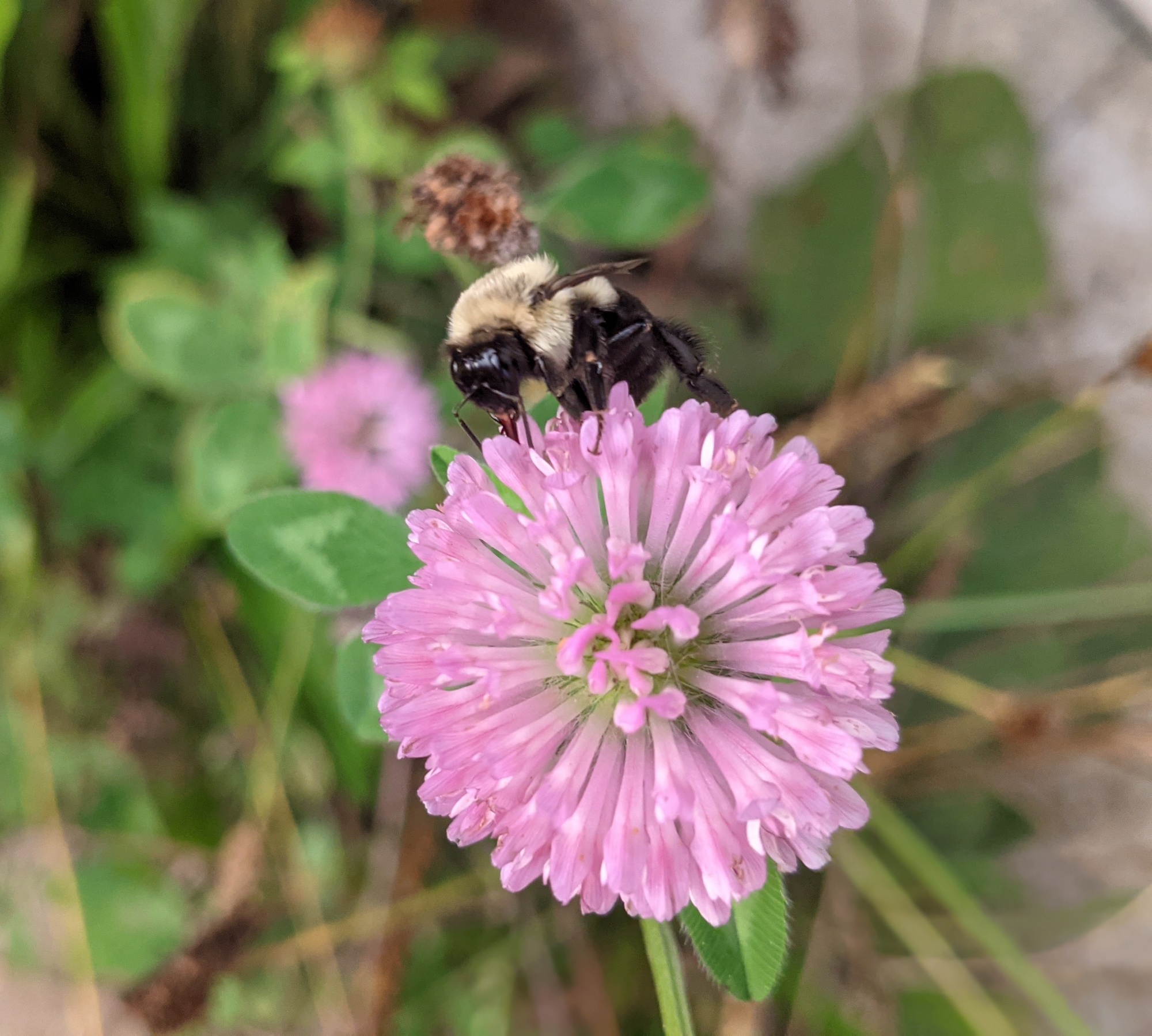
In his article, biology professor Dave Goulson writes that “the monarch population west of the Rockies is down 99.9% in the last couple of decades and looks headed for extinction within a year or two.” Extinction – there’s a terrible finality and permanence to this word.
That the humble grasshopper, once ubiquitous, is in trouble means that many other species that depend on it as a food source (like birds and amphibians) are also in trouble.
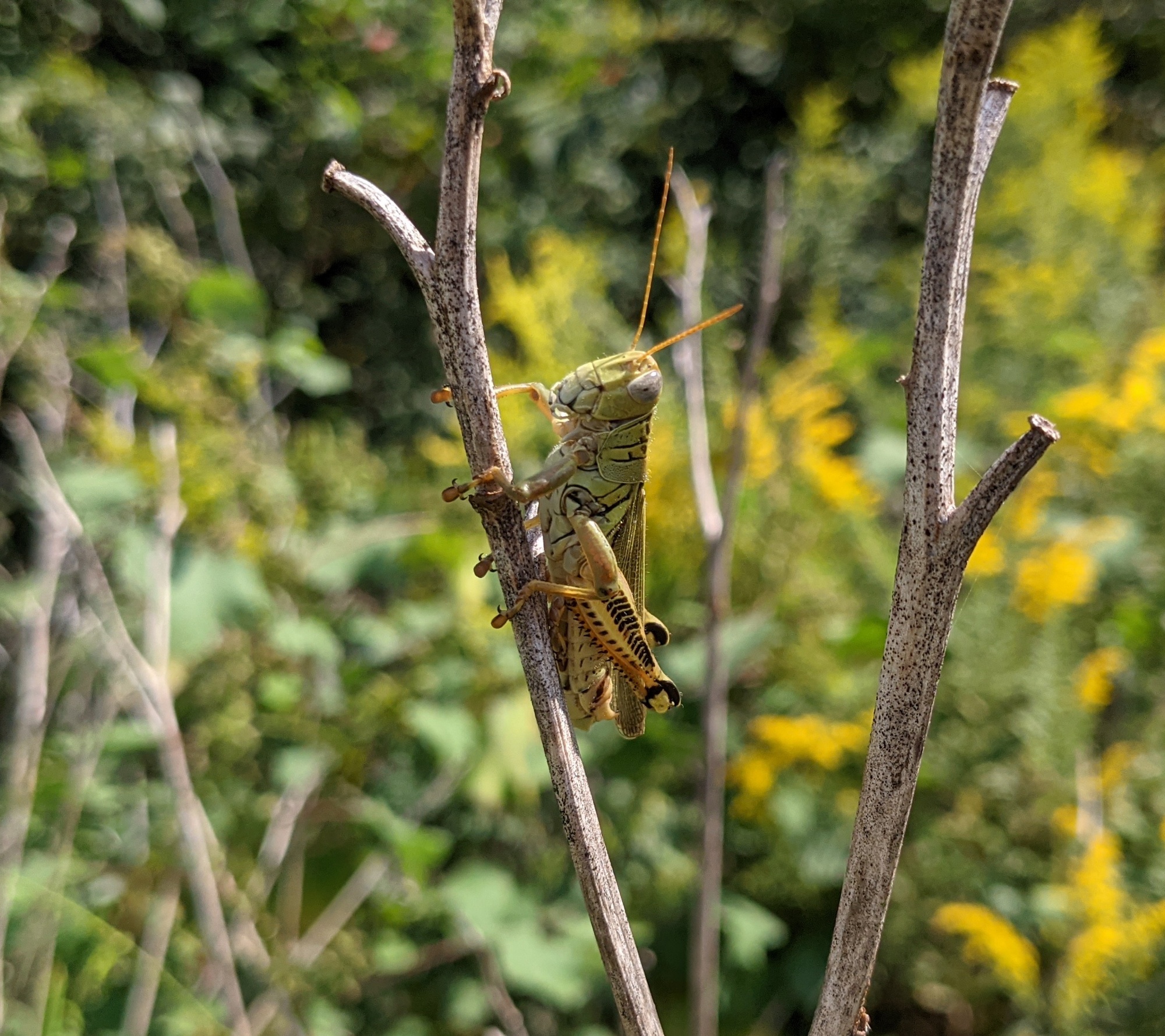
According to a 2019 survey, for butterflies and moths (Lepidoptera), “53 percent…have seen declining population numbers”.
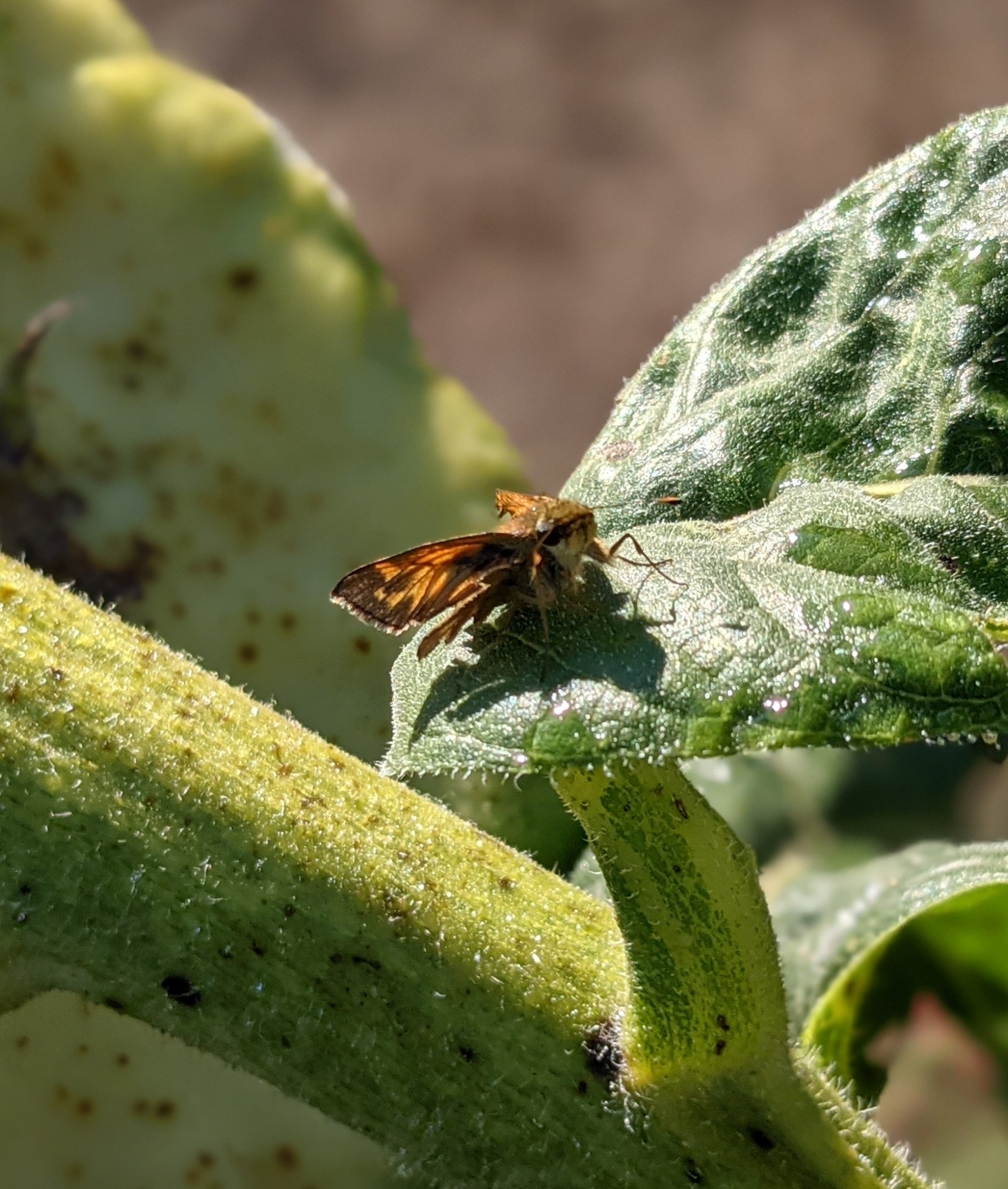
In addition, “some 50 percent of Orthoptera species (grasshoppers and crickets, another important source of food for an enormous array of animals) are also in decline” and “forty percent of bee species are listed as vulnerable for extinction.” Even members of the Odonata order, which includes dragonflies, are showing significant population declines.
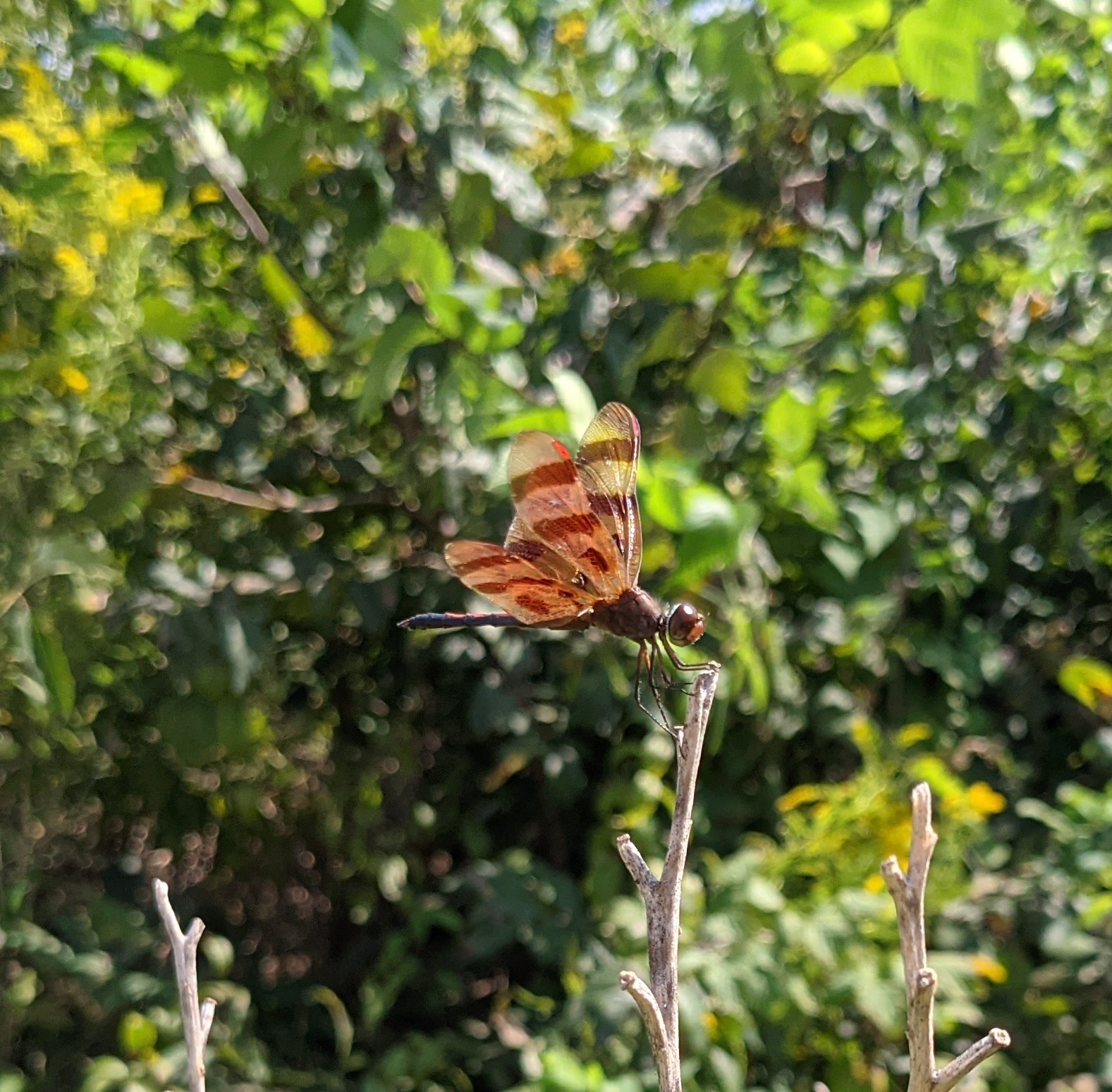
The reasons? The review in Biological Conservation concluded that “habitat loss by conversion to intensive agriculture” was the primary cause, and “agro-chemical pollutants, invasive species and climate change” were contributors. In short, we – humans – are the cause.
Anecdotally, I saw far fewer butterflies here this year. Only a few Sulphurs, Coppers, Blue-Spotted Reds, Buckeyes, Fritillaries, Cabbage Whites…and only one, maybe two, Monarchs or Viceroys (they were too quick for a positive identification) and Swallowtails. Butterflies used to be part of summer, but now I fear they may be part of the past.
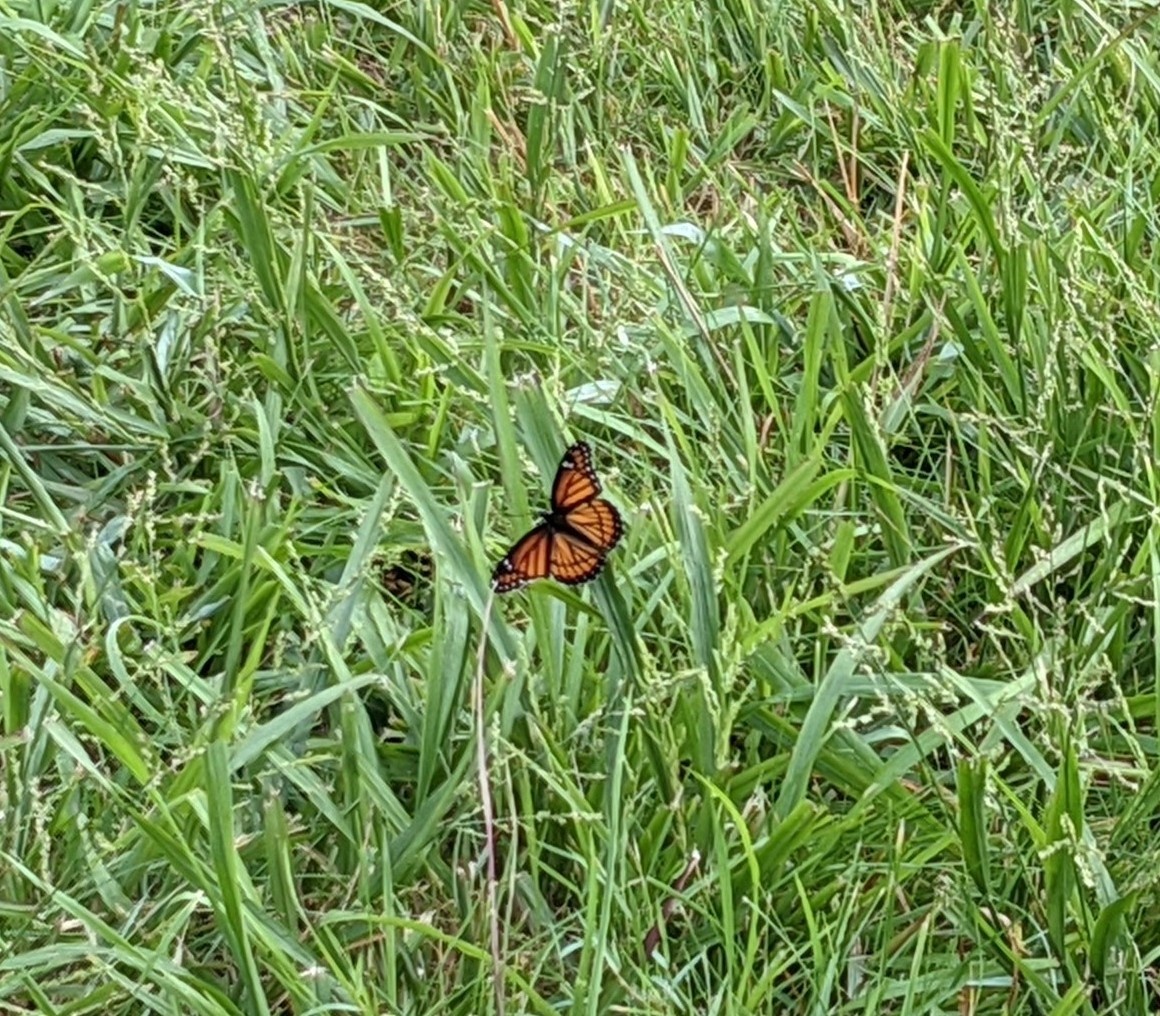
With so many other issues to deal with (and worry about) these days, it may seem like insects aren’t a priority…but they should be. I don’t want to imagine a planet without insects, and, yet, that’s where we’re heading.
If you care about insects, take time to learn about how you can help them and start now. And with the collective efforts of caring people around the world, maybe there will be more butterflies (and grasshoppers!) next year.
